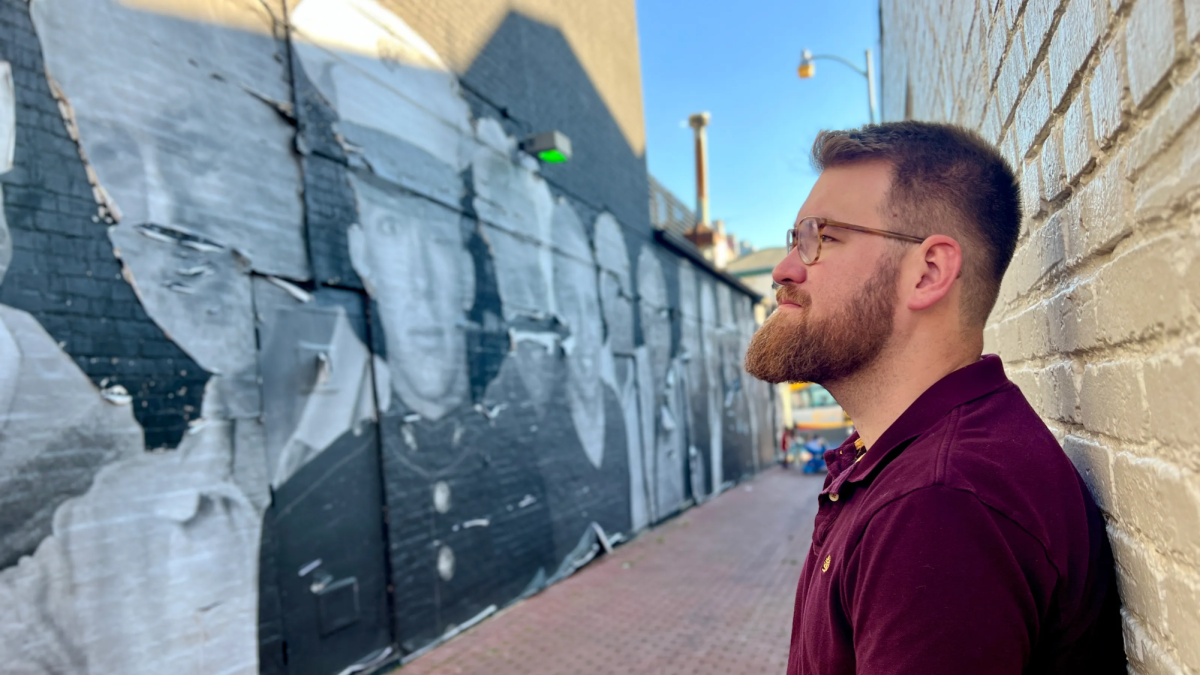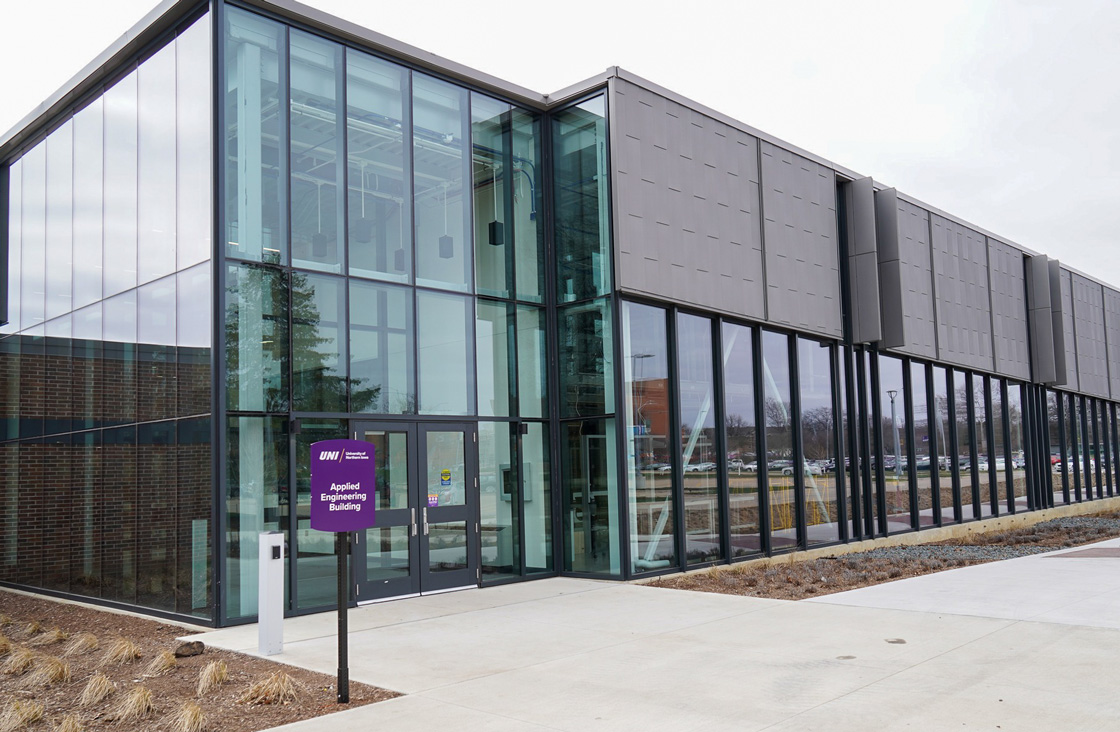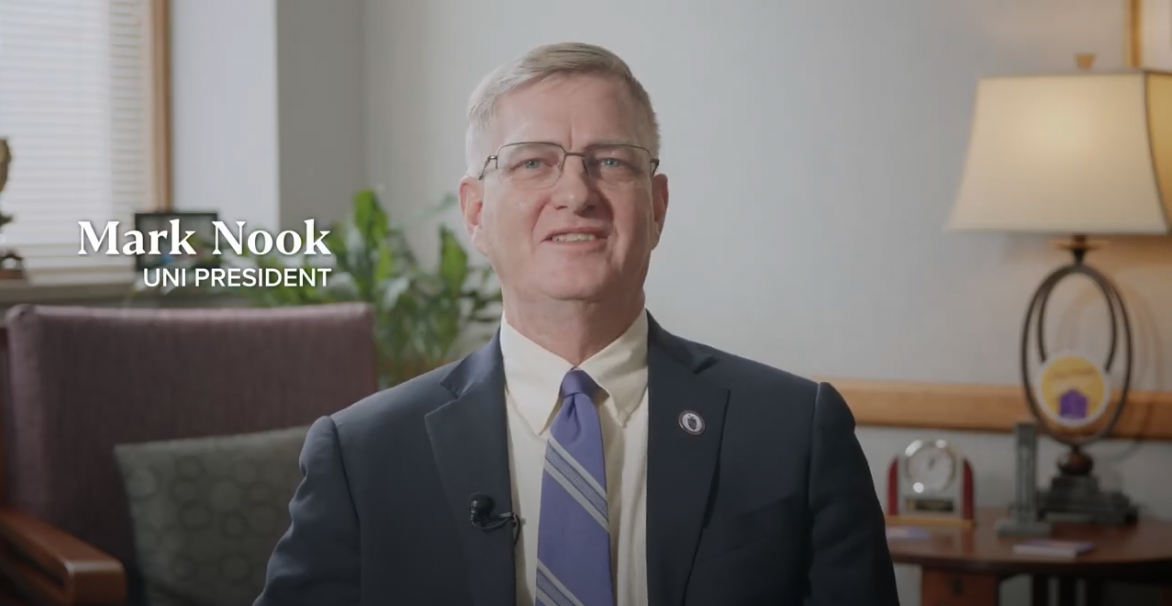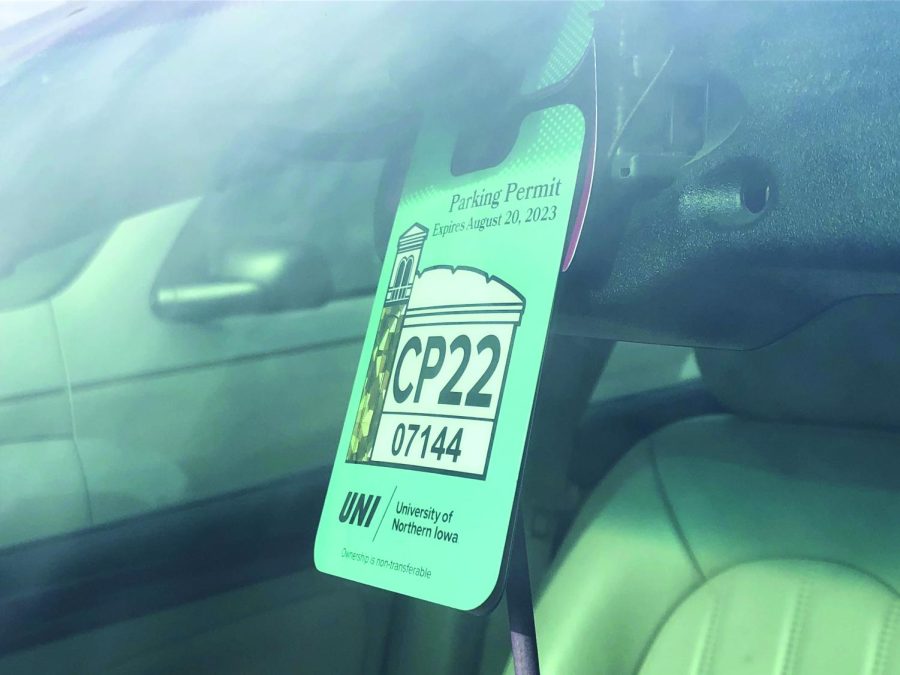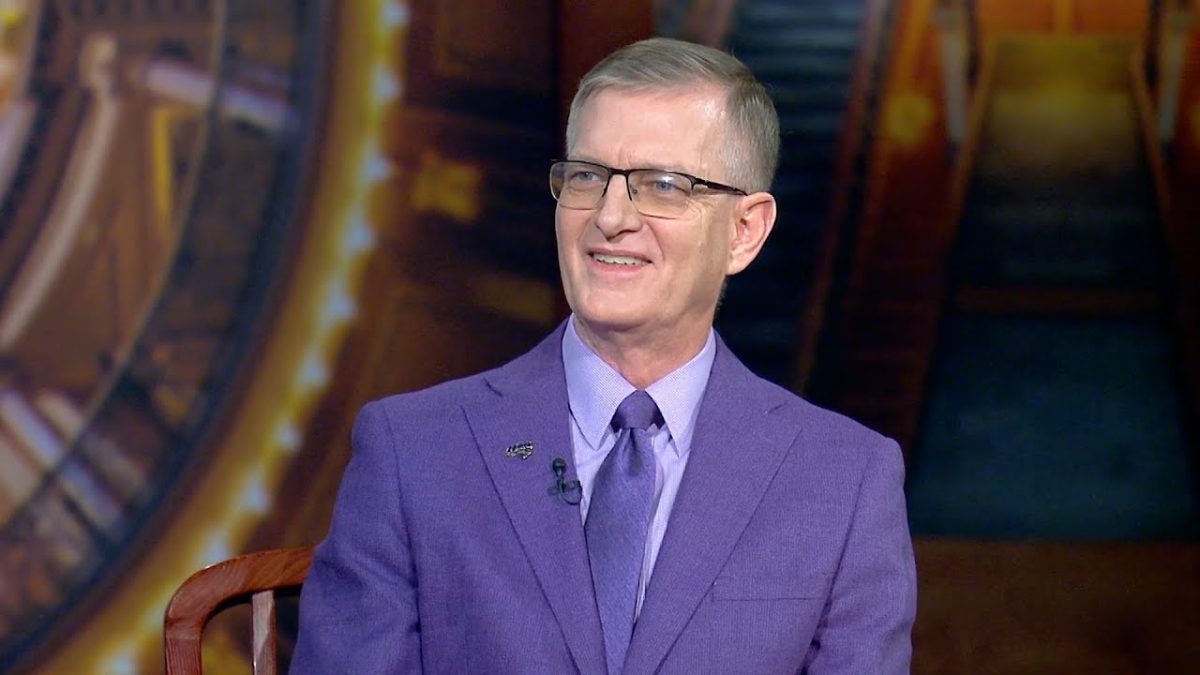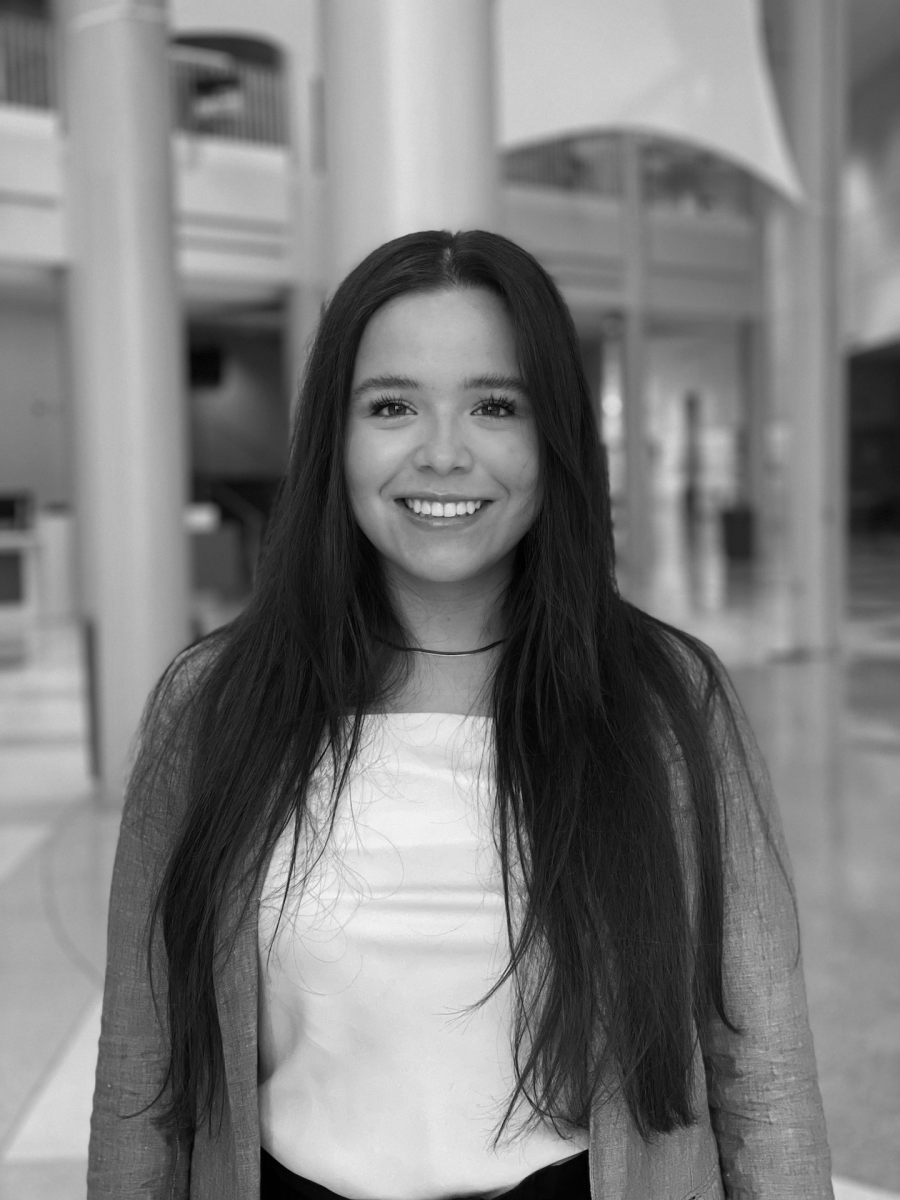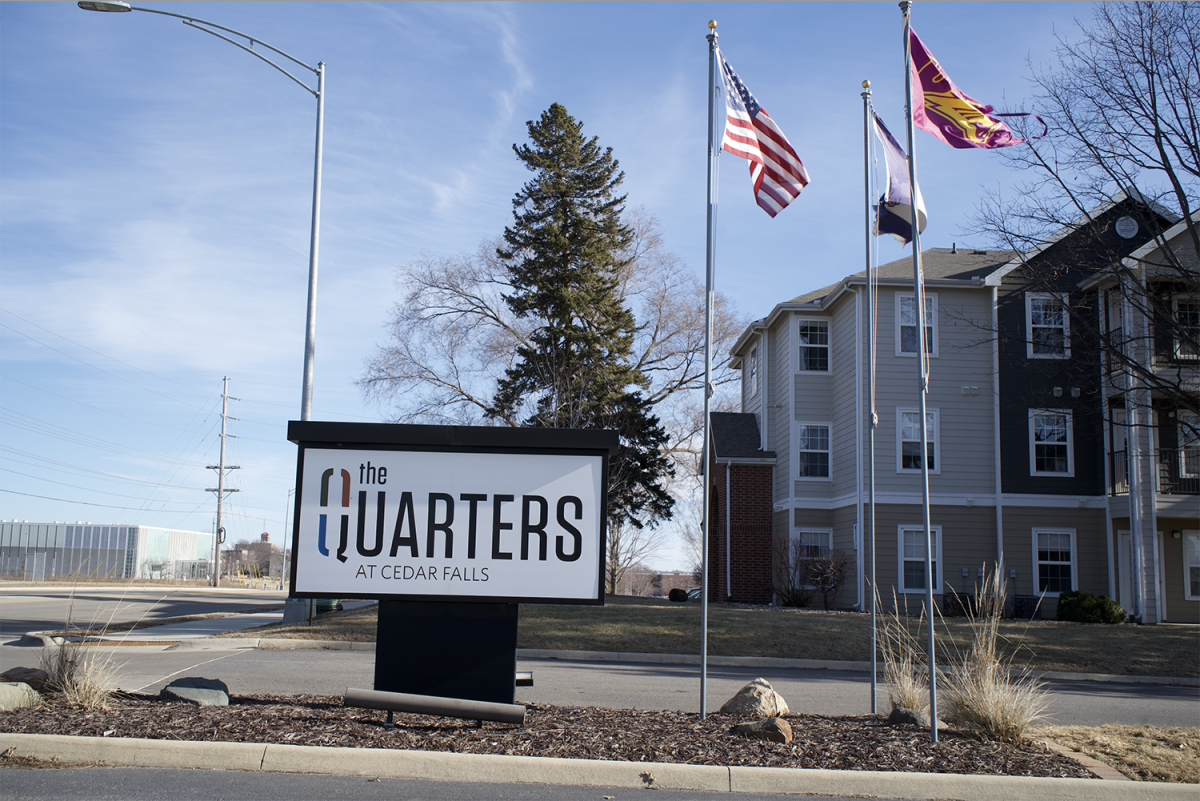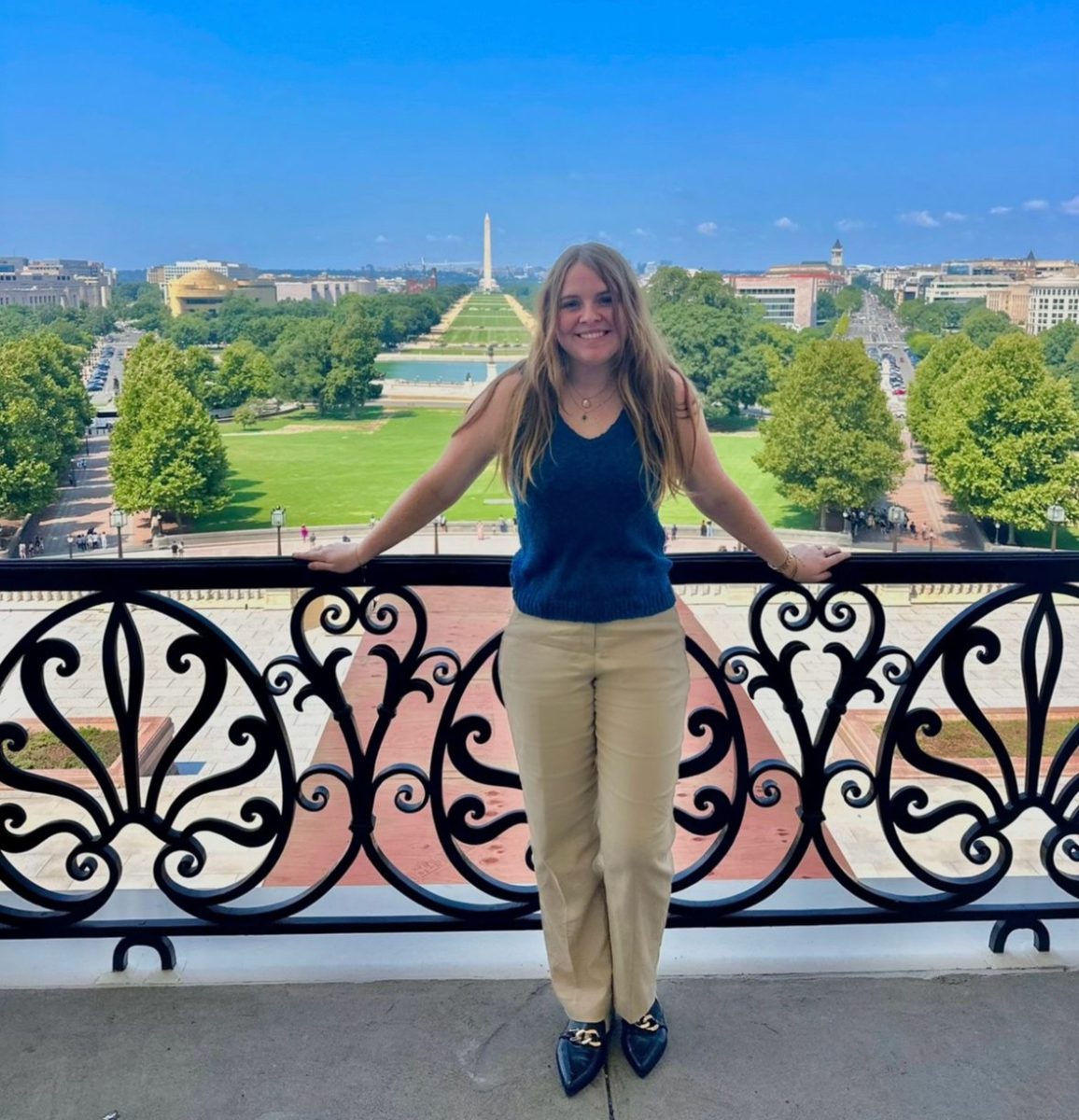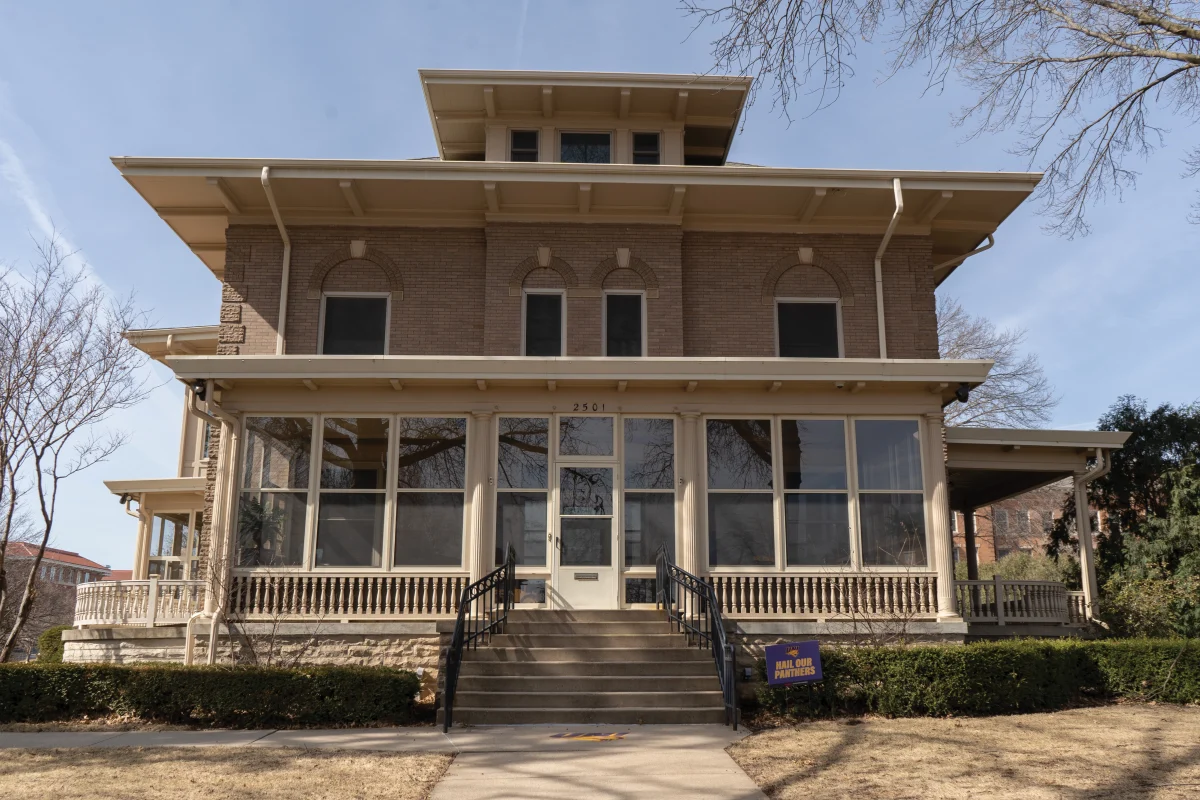Isaac Campbell is a University of Northern Iowa alumni who specializes in wheatpasting, an art medium that has been around for hundreds of years. Campbell graduated from UNI with his bachelor’s degree in 2014, and loved it so much he came back in 2019 to earn his master’s in communication studies.
“I think that’s really fun to talk about, because it makes students from UNI feel like the world is accessible to them, with the education they’re receiving and the opportunities, because this all started at UNI with public education.”
Wheatpasting consists of flour, water and some sugar. It is used to paste miscellaneous material up on the walls of communities. Wheatpasting is used all around the world to portray important messages and personal stories.
“If you have a piece of paper, and you can make some glue, originally with flour, water and some sugar, you could get a message out there. A lot of times, wheatpasting messages came from people who didn’t have a voice anywhere else.”
Much of Campbells’ art gives a voice to those who do not have one. Campbell has curated a portfolio with wheatpastings of American hostages, such as Paul Rusesabagina. Rusesabagina’s team originally contacted Campbell to create something, then ultimately came to the idea to do a mural for everyone in the “Bring our Families Home” campaign.
Rusesabagina was sentenced to 25 years in prison in Rwanda, and was just released in 2023, following the completion of Campbell’s mural in July of 2022. Rusesabagina’s life-saving actions in the Rwandan genocide inspired the 2004 award-winning film, Hotel Rwanda. Rusesabagina even travelled to UNI in 2009, where he spoke about the crucial work he did during the Rwandan genocide.
High profile hostages like Rusesabagina and Brittney Griner played a pivotal role in lifting up the stories of the 17 other lesser known Americans depicted on Campbell’s mural.
Essentially, most of the people on the mural were virtually unknown or had never even been seen in public. Putting Rusesabagina and Griner on opposite ends of the mural helped give context to passers that all of these people were connected.
“Getting into the untold stories of people or lived experiences, is something that wheatpasting does really well, partially because wheatpasting is rooted in lifting up the voices of everyday people,”
Campbell was a Fulbright Scholar in 2018, and traveled to Budapest, Hungary. This is where he started truly experimenting with wheatpasting.
“The Fulbright opportunity was just monumental in putting the pieces together about connecting me and my talents with other people, and everything since then has been a referral.”
Since then, Campbell has wheatpasted in many places, from the Cedar Valley to Honduras. For Campbell, it’s not just the art that is meaningful, but rather building community with those that the art impacts.
“The actual work of creating art and putting it up is really, really satisfying for me, but even more so is the opportunity to engage with people to create it.”
On Feb. 26, at 7 p.m., Campbell will be speaking in the Lang Hall auditorium. Campbell’s art and advocacy address is courtesy of the Hearst Lecture Series.


